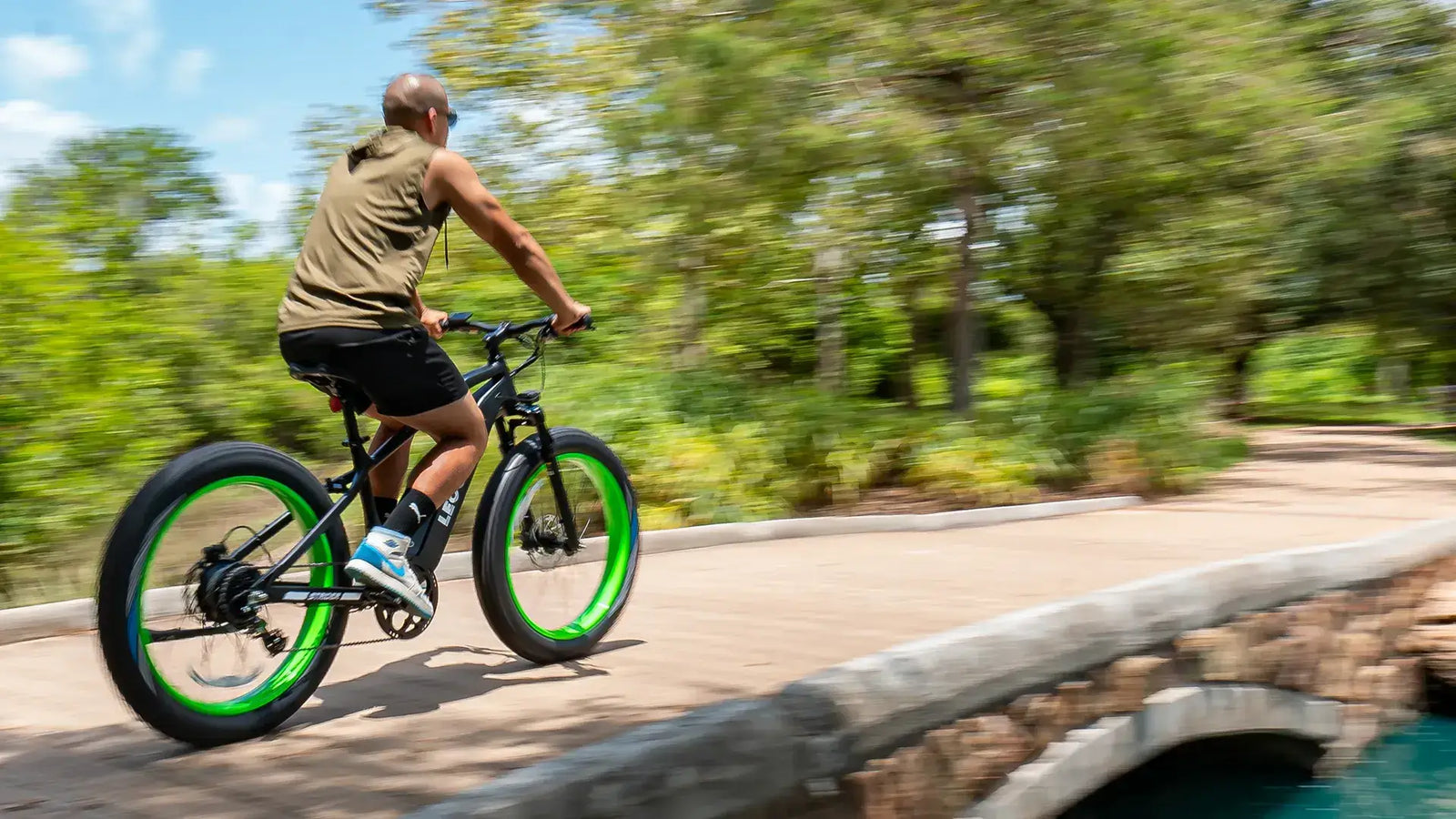
How Fast Do Ebikes Really Go? Everything You Need to Know
🟢 Quick Answer: How Fast Do Electric Bikes Really Go?
Most electric bikes in the U.S. fall into three speed classes:
- Class 1: Up to 20 mph (pedal assist only)
- Class 2: Up to 20 mph (pedal assist + throttle)
- Class 3: Up to 28 mph (pedal assist only, helmet usually required)
Off-road or high-speed electric bikes may reach 40–50+ mph, but they are not street legal in most states.
Many riders wonder how fast do e bikes go compared to regular bikes. While laws cap most electric bikes at 20–28 mph, your actual speed depends on terrain, rider input, and motor class. So, you're wondering how fast do ebikes go? It's one of the first questions we hear, and for a good reason—speed is a huge part of the fun and usefulness of an electric bike. Most riders care about electric bike speed more than anything else—and for good reason.
Most new electric bikes sold in the United States are legally designed to provide motor help up to 20 mph (32 km/h) or 28 mph (45 km/h). But that's just the number on the sticker. The real answer is more complex and far more interesting.
How fast an ebike actually goes depends on several things: the bike's legal class, its motor, the ground you're riding on, how hard you're pedaling, and local laws. In this guide, we'll break down everything you need to know.
We will cover the important ebike class system that controls speed, the real-world factors that affect your pace, and the important difference between the advertised top speed and your day-to-day riding speed.
The Ebike Class System
To truly understand ebike speed, you first need to understand the legal rules that most makers and states in the U.S. follow: the three-class system. This system is the single most important factor that decides an ebike's possible top speed.
It makes ebike categories standard, making it easier for you to choose the right bike and know where you can legally ride it.
Class 1: The Versatile Rider
How it works: The motor provides help only when you are actively pedaling (this is called pedal-assist or "pedelec"). There is no throttle to make the bike go without pedaling.
Top assisted speed: The motor stops providing help at 20 mph. You can go faster, but you'll have to do it entirely with your own leg power. Common use case: These are the most widely accepted ebikes.
They're perfect for fun riding, commuting, and are generally allowed on multi-use bike paths and trails where other bicycles are permitted.
Class 2: The Effortless Cruiser
How it works: This class provides motor help when you pedal, but it also includes a throttle. The throttle allows you to power the bike without any pedaling, much like a scooter. Top assisted speed: Whether you're using the pedal-assist or the throttle, the motor will cut off at 20 mph.
Common use case: Perfect for riders who want the option of a completely effortless ride. Great for easy cruises, running errands, or for those who might need a little extra help getting started or conquering a small hill without breaking a sweat.
Class 3: The Speedy Commuter
How it works: Like Class 1, these are pedal-assist only bikes; they do not have a throttle. Top assisted speed: The motor provides help up to a much faster 28 mph.
This makes them the quickest legal class of ebike. Common use case: Built for speed and efficiency, these are the ultimate commuter bikes.
They excel at keeping pace with city traffic, significantly cutting down commute times. Because of their higher speed, they are often restricted from multi-use paths and are intended for use in bike lanes or on roads.
To make it even clearer, here's a simple breakdown:
| Ebike Class | Type of Assistance | Maximum Assisted Speed | Typically Allowed On |
|---|---|---|---|
| Class 1 | Pedal-Assist Only | 20 mph (32 km/h) | Roads, Bike Lanes, Bike Paths |
| Class 2 | Pedal-Assist & Throttle | 20 mph (32 km/h) | Roads, Bike Lanes, Bike Paths |
| Class 3 | Pedal-Assist Only | 28 mph (45 km/h) | Roads, Bike Lanes |
Real-World Speed Factors
When discussing e bike speed range, it's important to differentiate between peak assisted speed and average cruising pace under real-world conditions. The class system sets the maximum assisted speed, but it doesn't guarantee you'll be hitting that number all the time. An ebike's motor doesn't work in isolation.
Several factors combine to determine your actual, real-world speed on any given ride. Understanding these will help you manage expectations and get the most out of your bike.
Motor Power (Watts) & Torque
A motor's power is measured in watts (W). While a higher wattage motor (e.g., 750W vs. 250W) doesn't necessarily increase the top speed—that's limited by the class system—it dramatically affects acceleration and hill-climbing ability.
A more powerful motor gets you to that top speed faster. Torque, measured in Newton-meters (Nm), is the rotational force or "pushing power." Higher torque means the bike can handle heavier loads and conquer steep hills with less effort.
It's the reason how an e-bike's motor and sensor work together feels so seamless and powerful.
Your Pedaling Power
On any pedal-assist bike (Class 1 and 3), you are a vital part of the engine. The motor is there to assist you, not replace you.
The more effort you put into pedaling, the faster you'll go, especially when you're trying to push beyond the motor's assistance cutoff.
Rider & Cargo Weight
Physics is non-negotiable. A heavier total weight (rider plus any cargo) requires more energy to get moving and to maintain speed, especially on inclines.
A lighter rider will generally find it easier to reach and hold top speeds compared to a heavier rider on the same bike.
Terrain (Hills vs. Flats)
This is the most obvious factor. Riding on a flat, smooth path is the easiest way to hit your bike's top speed.
As soon as you start climbing a hill, gravity works against you, and your speed will naturally decrease. Conversely, you can easily exceed the 28 mph limit on a steep downhill, as gravity is now helping you.
Tire Pressure & Type
Properly inflated tires have less rolling resistance, meaning the bike can move more efficiently over the pavement. Knobby, wide mountain bike tires will create more friction and be slower on pavement than smoother, narrower commuter tires.
Keeping your tires at the recommended PSI is one of the easiest ways to maintain good speed.
Wind Resistance
Once you get above 15 mph, air resistance becomes the biggest force you have to overcome. Riding into a strong headwind can easily shave 5 mph or more off your top speed and will require significantly more power from both you and the motor.
Battery Level
Some ebike battery management systems (BMS) are designed to conserve energy when the charge is low. You might notice a slight reduction in power output and acceleration when your battery drops below 20% or so.
Keeping your battery charged ensures you have peak performance when you need it.
Fastest Electric Bike Types: What’s the Limit?
Some high speed electric bikes can exceed 45 mph—but they’re usually off-road only. Examples include:
-
Class 3 e-bikes with 1000W motors
-
Lightweight electric road bikes with racing geometry
-
Electric dirt bikes like Sur-Ron
These are not street-legal in most states. If you're looking for the fastest electric bike, always check local laws before unlocking top speeds.
Top Fastest Legal Ebikes in the U.S.
If you're looking for the fastest legal ebike USA riders can buy, here are some top picks:
-
Trek Allant+ 9.9S – 750W Bosch motor, Class 3 certified, 28 mph top speed
-
Specialized Turbo Vado 5.0 – Sleek commuter with premium torque and speed
-
Stromer ST1 Sport – Swiss design with precise Class 3 compliance
All of these models are street legal under Class 3 regulations, giving you the speed you need without crossing legal lines.
Ebike Speed Comparison: How Ebikes Stack Up Against Other Rides
Curious how your ebike compares to other common transportation types in terms of speed? Here's a quick breakdown:
| Vehicle Type | Typical Speed (mph) | Max Speed (mph) | Legal Status |
|---|---|---|---|
| Traditional Bicycle | 10–15 | ~20 | No restrictions |
| Electric Scooter | 15–20 | 25+ | Varies by state |
| Class 1/2 Ebike | 15–20 | 20 | Helmet optional |
| Class 3 Ebike | 20–25 | 28 | Helmet required |
| Moped | 25–35 | 45+ | License & insurance |
This ebike speed comparison highlights why Class 3 ebikes are perfect for urban riders who want a fast yet legal option.
Advertised vs. Actual Electric Bike Top Speed
Here's a reality check based on our experience riding and testing hundreds of ebikes. The number on the box (20 or 28 mph) is a technical limit, not your average cruising speed.
Understanding the difference is key to having realistic expectations. An average recreational cyclist on a traditional bike might hold a speed of 10-15 mph on flat ground.
An ebike easily blows this away, but how it feels is important.
Fastest Electric Bike Types: How Fast Can They Really Go?
-
Class 3 ebikes with 750W+ motors – May reach up to 32 mph with unlocked settings.
-
Off-road electric dirt bikes (e.g. Sur-Ron) – Speeds up to 50+ mph, not street legal.
-
Performance e-road bikes – Light frames and 1000W motors for race-level speed.
Can You Remove the Speed Limiter on an Electric Bike?
-
Void your warranty
-
Make your bike illegal for road use
-
Reduce safety and battery efficiency
Cruising vs. Maxing Out
On a Class 3 ebike, while you can reach 28 mph, maintaining that speed requires significant effort. You'll be in a high gear, pedaling fast, and really working.
Most riders find a comfortable, sustainable "cruising speed" somewhere between 18-22 mph. This is a brisk, enjoyable pace that doesn't feel like a workout.
Pushing for that 28 mph limit is for when you're really trying to make up time.
The Feel of 20 mph vs. 28 mph
The difference between a 20 mph top speed and a 28 mph top speed is massive in practice. 20 mph feels fast and fun.
It's perfect for bike paths and lets you zip around town with ease. 28 mph, on the other hand, feels very fast on a bicycle.
It demands more focus, a smoother road surface, and better bike handling skills. It's a speed that feels right at home in urban traffic but can feel excessive on a quiet trail.
Throttle vs. Pedal-Assist Experience
How you use the motor also changes your speed profile. A rider using a Class 2 throttle might settle into a steady 18-20 mph cruise, letting the motor do all the work.
A pedal-assist rider's speed will be more variable, rising and falling with their effort, the terrain, and their gear changes. It's a more engaged and dynamic style of riding.
Speed, Safety, and You
Just because your ebike can go 28 mph, does it mean you always should? Shifting the focus from maximum speed to appropriate speed is what separates a good rider from a great one.
Speed should always be matched to your environment for a safer, more enjoyable ride for everyone.
On Bike Paths & Shared Trails: This is where you need to be most courteous. Even if your bike can go 20 mph, a speed of 10-15 mph is often more appropriate when sharing space with pedestrians, children, and pets.
Always be aware of your surroundings and be prepared to slow down. Many paths have their own posted speed limits—be sure to follow them.
In Urban Traffic: This is where a Class 3 ebike shines. The ability to accelerate to 28 mph allows you to keep up with the flow of city traffic (often posted at 25 mph).
This can be a major safety feature, making you a more visible and predictable part of the traffic pattern.
Conserving Battery: Speed comes at a cost. Riding consistently at the highest assistance level and top speed will drain your battery significantly faster.
If you want to maximize your range for a long ride, cruising at a more moderate 15-18 mph is the key.
Safety First: Remember that your braking distance increases exponentially with speed. A bike going 28 mph needs far more room to come to a complete stop than one going 15 mph.
Always look ahead, anticipate stops, and ensure your brakes are in top condition. Adhering to essential bicycle safety guidelines is even more critical at electric bike speed
Can You Remove the Speed Limiter on an Electric Bike?
Global Ebike Regulations & Speed Limits
Finally, it's helpful to know that the ebike world is bigger than just the United States. If you travel or shop for bikes online, you'll encounter different rules.
The speed and power regulations in Europe are notably different and stricter than in the US. Understanding these differences can prevent confusion. The electric bike speed limit in the U.S. varies based on classification: Class 1 and 2 bikes are limited to 20 mph, while Class 3 models allow up to 28 mph with pedal assist.
United States: As we've covered, the US primarily uses e-bike laws and policies based on the three-class system. This allows for motor assistance up to 20 mph or 28 mph and generally permits motors up to 750W of power.
European Union: Most of Europe follows a unified standard for what they call a "pedelec." According to European e-bike regulations, these bikes are much more restricted:
Motor assistance must cut off at 25 km/h (approximately 15.5 mph). The motor's continuous power output is limited to 250W.
The motor can only activate when the rider is pedaling (no throttles allowed).
Faster ebikes, called "S-Pedelecs," do exist in Europe and can go up to 45 km/h (28 mph), but they are legally classified as mopeds. This means they require insurance, a license plate, and a helmet, and are not allowed on bicycle paths.
Conclusion: Ebike Speed—Know the Limits, Ride with Confidence
Electric bike speed depends on more than just class ratings—it’s influenced by your motor power, terrain, rider input, and even weather. While most street-legal ebikes top out at 20–28 mph, some high speed electric bikes used off-road can exceed 45 mph.
Whether you're commuting, climbing hills, or just cruising for fun, understanding your ebike’s speed class and legal limits ensures a smoother, safer, and more efficient ride. Always choose the right setup for your lifestyle—and check local rules before unlocking the top speed of your electric bike.
FAQs
-
How fast do electric bikes go on average?
Most electric bikes average between 15–22 mph depending on motor type, rider effort, and terrain. -
What is the maximum speed limit for Class 3 electric bikes?
Class 3 e-bikes are legally limited to 28 mph in the U.S., although real-world max speed may vary slightly. -
Are there electric bikes that go over 30 mph?
Yes, high-performance off-road electric bikes with 750W+ motors can hit 30–45+ mph, but they are not street-legal in most areas. -
What factors affect the top speed of an electric bike?
Speed is influenced by motor power, bike class, terrain, rider weight, pedaling effort, and wind resistance. -
Is 28 mph considered fast for an ebike?
Yes. On city streets or bike lanes, 28 mph feels fast and is the maximum legal limit for most ebikes.



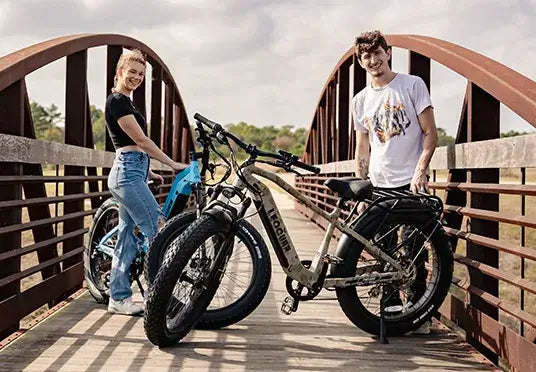
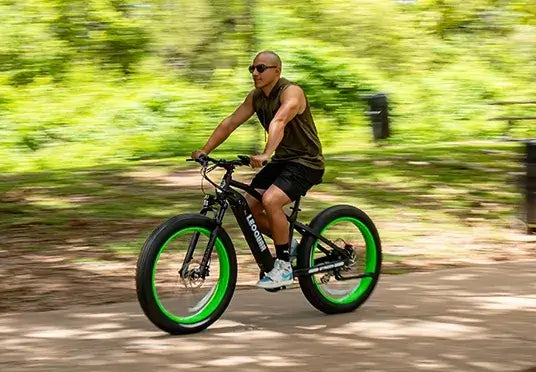
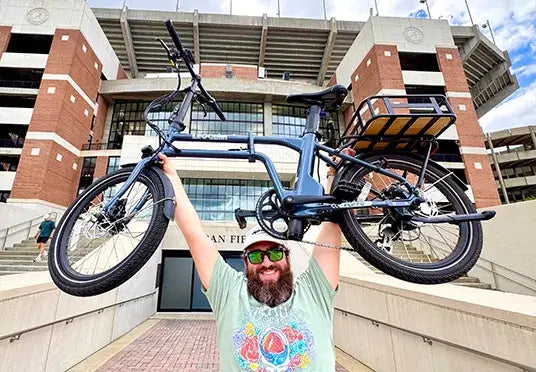
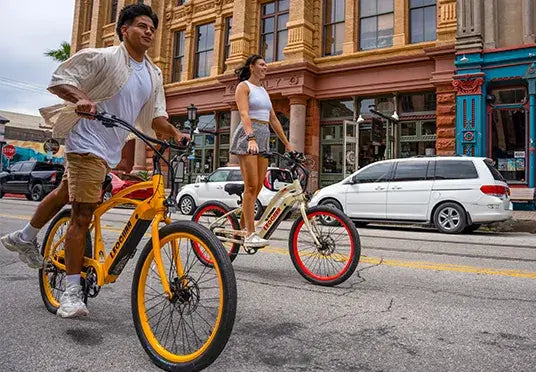
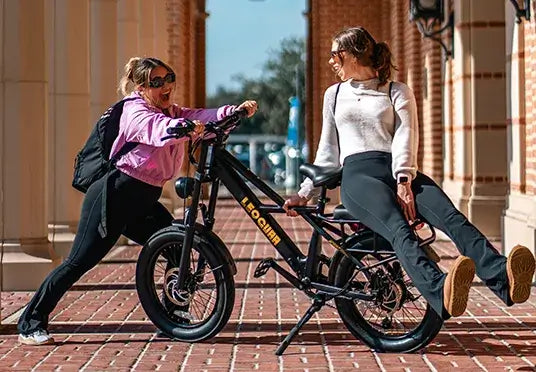
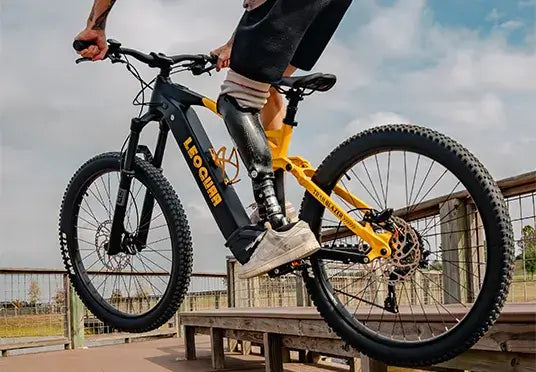
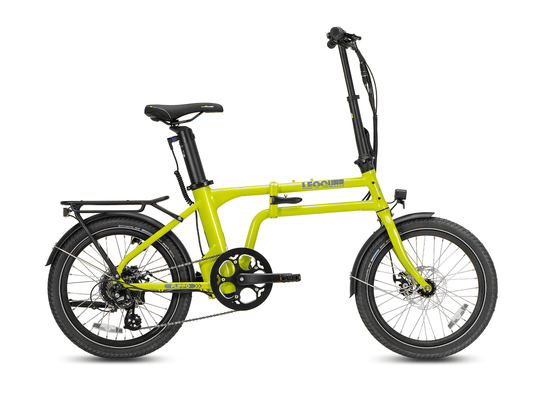
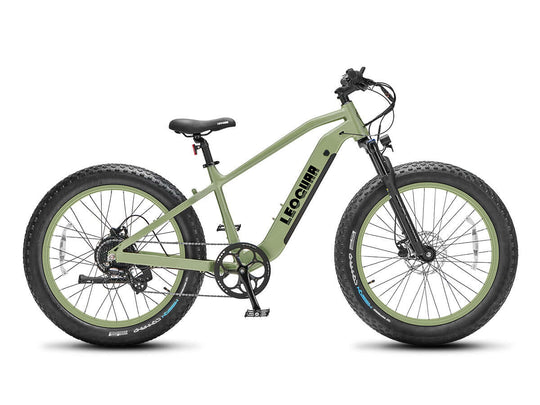
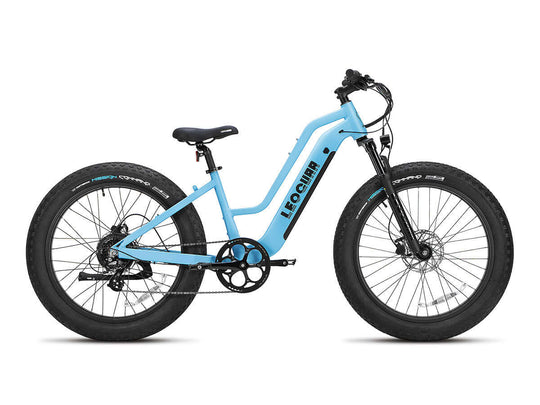
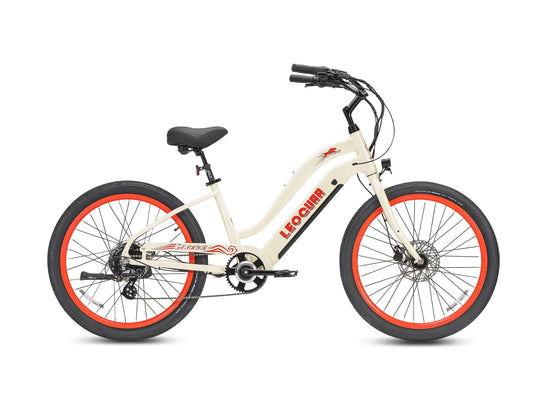
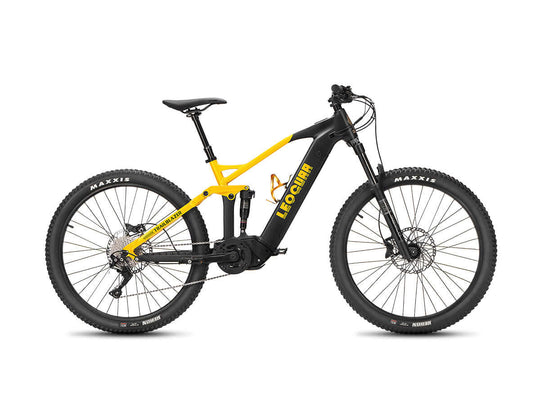
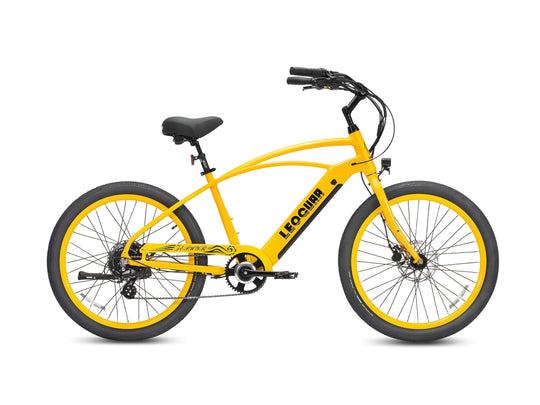
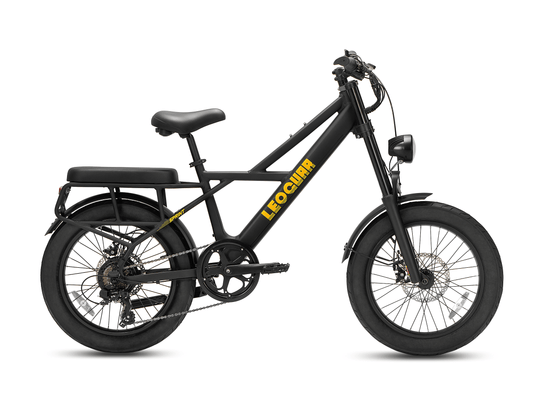

















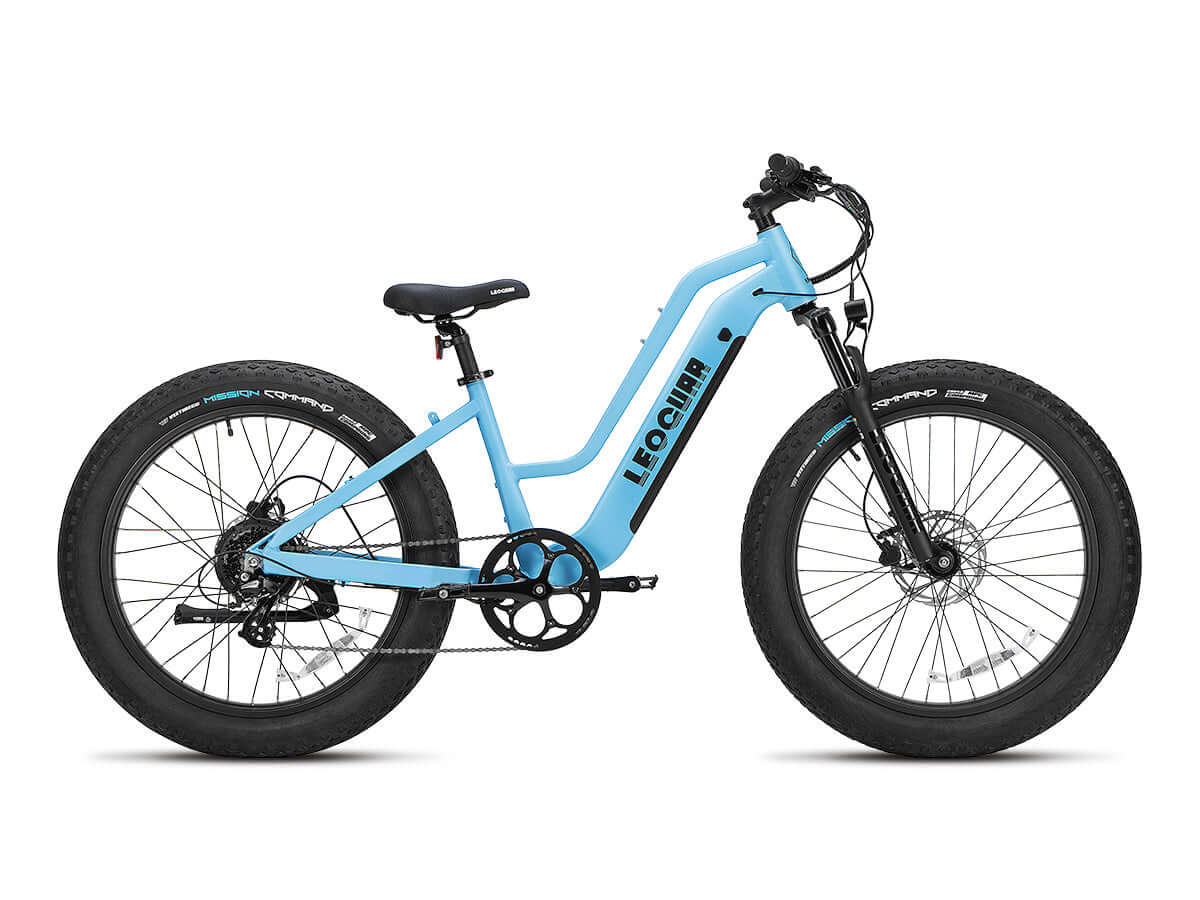








Leave a comment